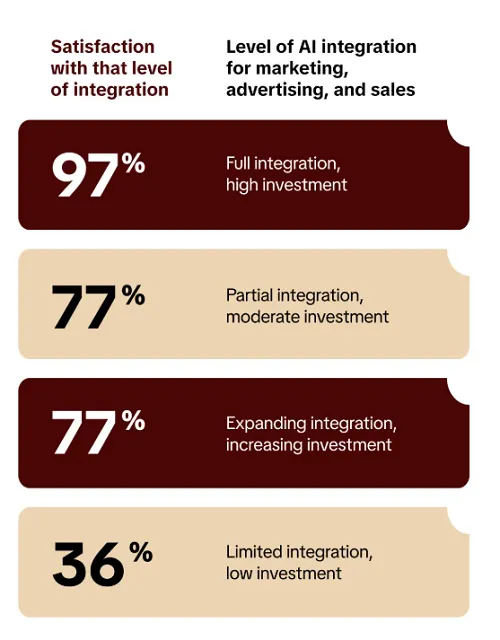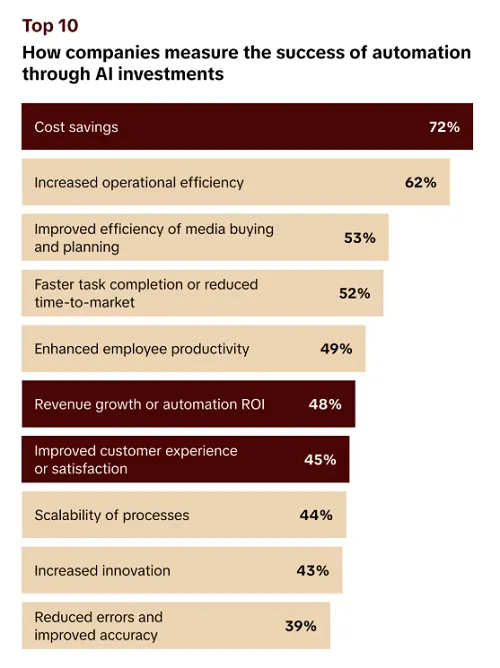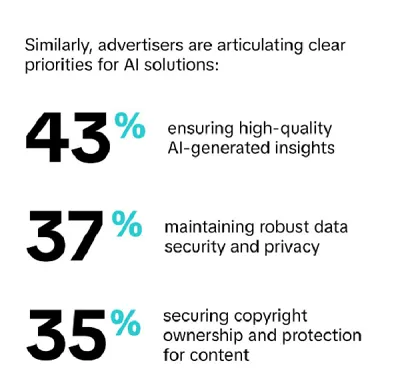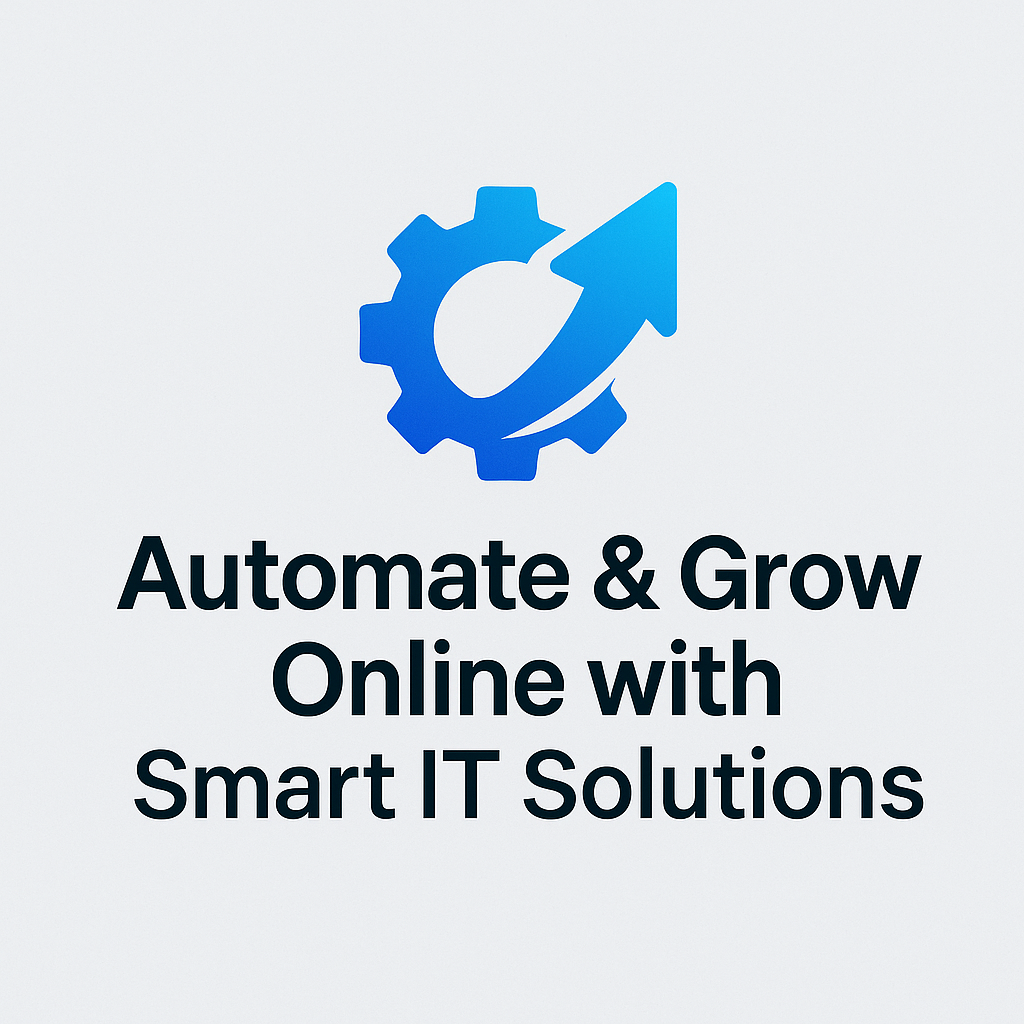TikTok has published a new study, in collaboration with NewtonX, which looks at the adoption of generative AI tools among advertisers, and how marketers are integrating AI-based automation elements into their process.
Which is logically producing better results, given the capacity for AI tools to process vast amounts of data inputs to identify patterns, and find relevant opportunities. Automation tools are better able to do this now than at any time in history, which means that they can find correlating behaviors that will increasingly lead to ad engagement and/or purchase activity.
More data and more processing capacity means more capability on this front, and it makes perfect sense that AI ad targeting tools should be able to produce better results, though the report shows that not all businesses feel that they’re making the most of the latest AI tools as yet.
First off, the report looks at AI adoption rates across businesses, and how satisfied companies are with where they’re placed.

As you can see, higher rates of adoption mean higher satisfaction levels, but then again, those with higher adoption would also have committed a heap more in spending to support such. So they’re going to want to be satisfied, otherwise they’re acknowledging that they may be wasting money, so this finding probably doesn’t say a heap.
The data also shows that 90% advertisers and executives surveyed expect AI-driven automation to help drive future business growth, while 93% believe it will improve their own job performance.
Yet, actual AI adoption, at this stage, is still relatively small-scale, due to technical limitations and staff knowledge.
“Only one fifth (19%) have fully integrated AI into their core operations and invested at scale. Advertisers still face a number of implementation challenges, with data privacy and compliance, a lack of in-house skills and the speed of AI innovation all cited as hurdles to adoption.”
So the promise of AI is more than that practical value of such at this stage, which could point to a larger “AI bubble,” where adoption is high based on broader hype, but actual gains are not realized.
At least not yet.
The report also looks at how companies are measuring AI success, which I suspect will change over time:

Cost savings is the big promise, which has definitely got the attention of those signing the checks for such tools.
But many businesses have found that it’s not as simple as flicking the AI switch and letting the system take over, you actually need professional industry expertise to maximize AI outputs, with the bigger benefit likely to be in efficiency and expanded opportunity, as opposed to headcount reduction.
The report also looks at what businesses are looking for to improve the value of AI solutions:

While there’s also TikTok-specific insight, and notes on how TikTok ad partners are using its AI offerings to best effect:

The notes here underline the pervading opinion on the AI shift, that while AI tools are valuable, and can produce amazing, beneficial results, they also require technical understanding, and oversight to ensure high-quality outputs.
Several businesses have already fallen afoul by putting too much reliance in AI tools to do the work for them, and the results here show that, while there is opportunity, we’re also in a transition period, where most employees don’t fully understand how to integrate AI tools into their day-to-day as yet, which is impacting potential in some respects.
Essentially, AI adoption will take time, and it’s important to consider which elements of each role can benefit from AI, and how that can be communicated to help maximize efficiency.
One of those areas, however, is in ad targeting and creation, and the data here shows that TikTok advertisers are increasingly finding value in its AI offerings.
You can read the full 25-page TikTok/NewtonX report here.


